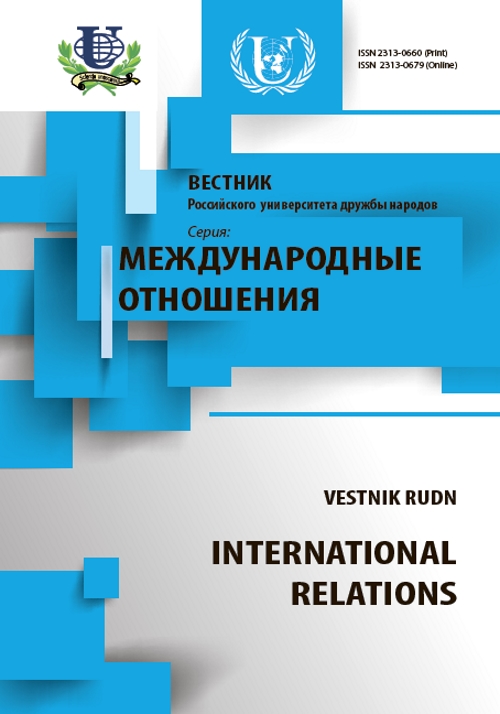Forecasting in Intelligence: Indications and Warning Methodology in Modern Practice
- Authors: Vlasova M.G.1
-
Affiliations:
- Saint-Petersburg State University
- Issue: Vol 15, No 3 (2015): International Political Science. Conflict Studies. Greater Middle East
- Pages: 34-42
- Section: ARTICLES
- URL: https://journals.rudn.ru/international-relations/article/view/10707
- ID: 10707
Cite item
Full Text
Abstract
Today the national security system effectiveness seriously depends on the professional analysis of information and timely forecasts. Thus the efficient methods of forecasting in the sphere of international relations are of current importance for the modern intelligence services. The Indications and Warning Technique that was a key element of forecasting methodology in intelligence until the end of Cold War is estimated in the present article. Is this method still relevant in the contemporary world with its new international order, new security challenges and technological revolution in the data collection and processing? The main conclusion based on the overview of current researches and known intelligence practice is that indicators technique is still relevant for the early warning of national security threats but requires some adaptation to today’s issues. The most important trends in adaptation are supposed to be a creation of broadest possible spectrum of threatens scenarios as well as research of current strategic threatens and corresponding indicators. Also the appropriate software that automates the use of indications technique by the security services is very important. The author believes that the cooperation between intelligence services and academic community can increase the efficiency of the Indications Methodology and of the strategic forecasting as well.
About the authors
Marina Gennadievna Vlasova
Saint-Petersburg State University
Email: m.vlasova@spbu.ru
Theory and History of International Relations Chair
References
Supplementary files










